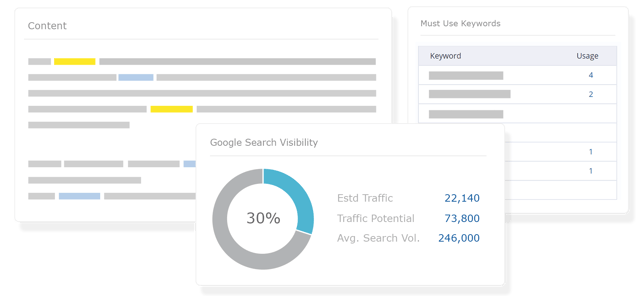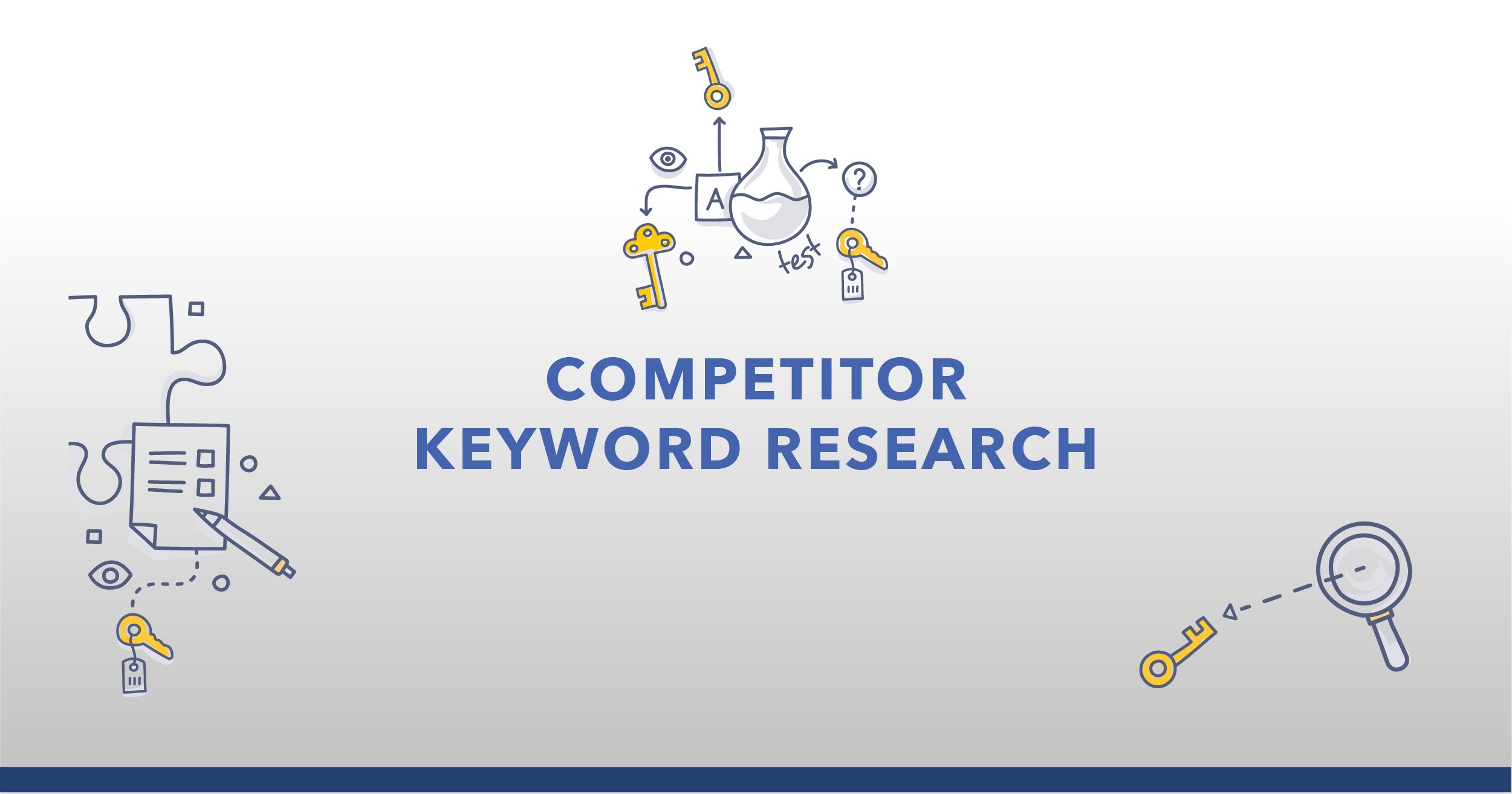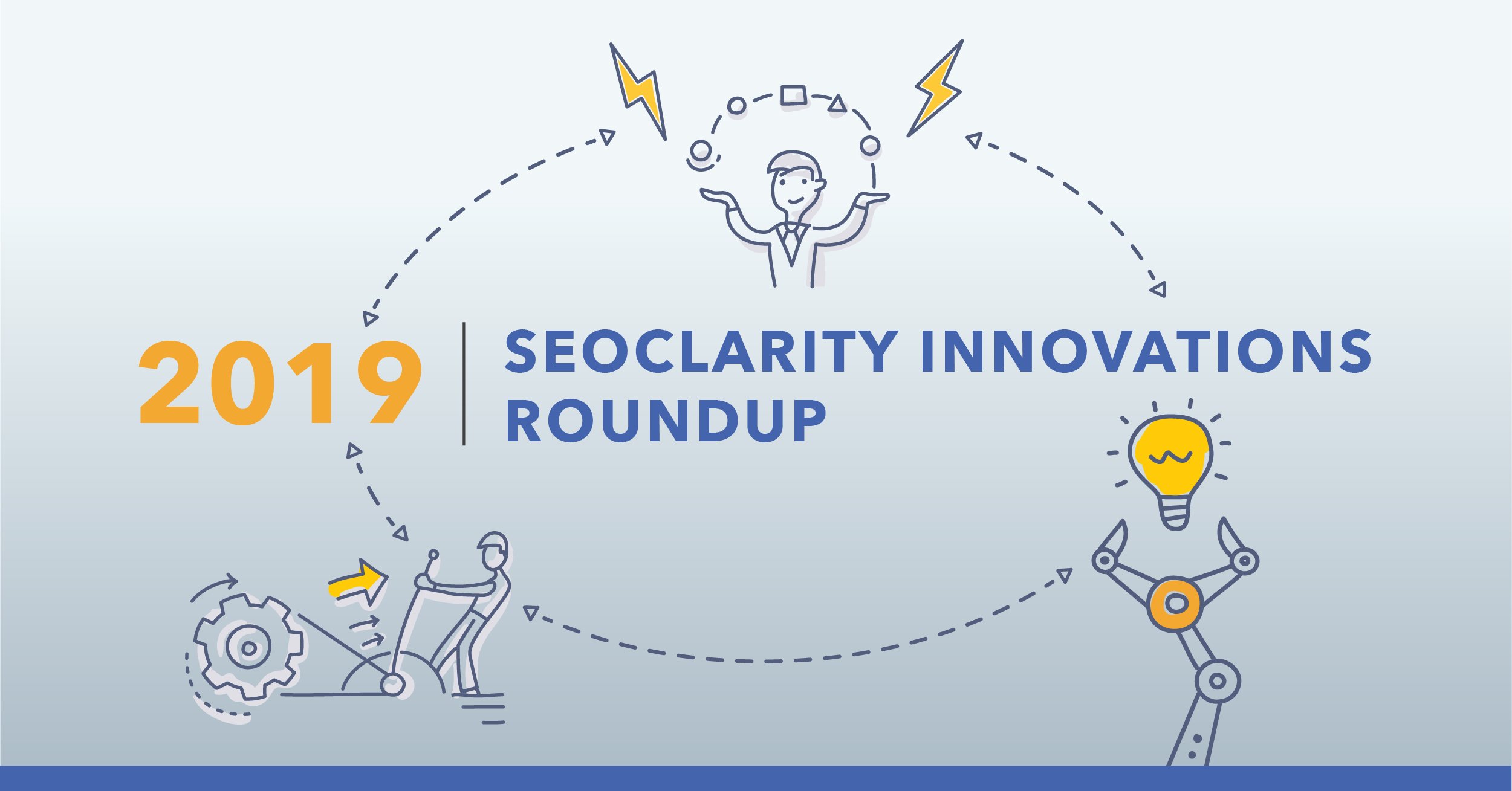Over the years, SEO has gone through many transformations. The way we searched in 2008 is not how we search today. Our behavior has evolved to encompass far more modern and sophisticated technology.
For example, in 2008, we typed the query “Restaurants in Chicago” into a search engine and it displayed 10 hyperlinks, often led by paid advertising. Nowadays the search query is much more conversational, with the searcher asking more targeted questions such as “where is the best place to eat in Chicago” instead of simply looking for “Restaurants in Chicago”.
Voice search is also growing and, with the evolution of smart speakers like Google Home and Amazon’s Alexa, searchers are no longer typing brief, cryptic queries as a result. Artificial Intelligence (AI) can determine “sentence sense” because there is more semantic content in each inquiry. Voice activated speakers are the “new normal,” and part of daily life.
According to Google, 62% of those who regularly use a voice activated system enthusiastically state that they are likely to purchase something through their voice assistant. Today, almost 70% of requests to the Google Assistant are expressed in natural language instead of the typical keywords people type in a web search.
In addition to the change in search behavior, the technology used by search engines to interpret and serve results has improved, too. Back in April 2015, Google introduced their first ever algorithm update, RankBrain, which, at the time, was the only “live” AI that Google used in search results. Here’s how RankBrain was first described:
“RankBrain uses artificial intelligence to embed vast amounts of written language into mathematical entities — called vectors — that the computer can understand. If RankBrain sees a word or phrase it isn’t familiar with, the machine can make a guess as to what words or phrases might have a similar meaning and filter the result accordingly, making it more effective at handling never-before-seen search queries.”
Let’s dive a little deeper into what RankBrain is and how it helps improve both content and voice search.
RankBrain and SEO
As confirmed by Google’s Garry Illyes, RankBrain has been introduced in more than a dozen languages. Its sole purpose is to deliver better results when performing a Google search.
RankBrain’s job is to understand and interface with the core algorithms existing within Google’s search engine and apply the best mixture of these algorithms for each type of search result. Depending on the query, RankBrain will increase or decrease the importance of its core ranking factors, such as backlinks, bounce rates, content freshness, page speed, and more.
For example, for specific search results, RankBrain might find backlinks as the most critical signal that can lead to better search experience. Then, it considers how Google searchers interact with the new search results.
How Does RankBrain Work?
Consider how an AI would parse the query “where is the best place to eat in Chicago”. There is no mention of restaurant in this natural language sentence, but it does see “place to eat” so restaurant is included among the possible answers. But it also sees “best place” so it may not be confined to restaurants anymore.
“Eating” itself is a pretty broadly defined activity, so any source of food is now in contention. There are even more possibilities. If the tide of public opinion happened to be that Chicago Cubs Stadium was the “best place” to get “a hotdog”, you might find that included in the results. The older search engines could never have come up with that solution.
Since user satisfaction with the content’s usefulness is the most heavily weighted factor for RankBrain, SEO must shift from “optimizing for keyword phrases” to “better user experience/satisfaction”. Gone are the days when SEO experts could stuff keywords on a page to rank well on a Search Engine Results Page (SERP).
Now, digital marketers have no choice but to create quality-rich content based on user intent. As we say at seoClarity, it's no longer about search engine optimization but instead about search experience optimization.
We welcome this industry change and are focused on the adoption of the right tools and technologies like AI and Deep Learning (DL). The latter occurs when Machine Learning (ML) and Neural Networks (NN) are integrated.
The Future of Artificial Intelligence in SEO
Deep Learning is vital to make the whole process work, so let’s understand what it is. Machine learning bulk-analyzes thousands (or millions) of instances to find patterns and classifies them according to success and applicability. It creates one such analysis for each aspect of a problem.
Neural networks go a step further and groups them into actions that always fail, frequently fail, have no consequence, provide small benefit, and continue all the way up to ultimate success. When a parallel problem arises, it finds all the similarities with any related prior solutions and can eliminate millions of solutions that are irrelevant. This is how NNs simulate the human thought process.
Now, instead of going through each and every possibility, NNs can use their “experience” to skip a lot of the “silly stuff” that doesn’t apply, just like a human does. Consequently, machines are getting better at matching queries to related concepts and use “concepts” instead of “keyword optimization”. So-called keyword optimization is becoming relatively unimportant in comparison. Your objective now is to optimize your content for the end user experience, and not for the search engines.
How to Optimize Content for the End User
First, prepare your content marketing in a way that helps answer the searchers' questions, for which we need sophisticated AI/DL, using the techniques described above. Content creation must regard what people mean when they pose a question.
Write the content based on the keyword intent, which can now be derived through modern AI/DL integration. Understanding search intent allows you to build more strategic lifts of keywords. This in turn helps the site owner understand how to best target a given keyword ad where that term fits into overall SEO and content marketing strategy.
When someone searches for "hyatt place atlanta downtown" - the intent behind this keyword is transactional, as you are already aware of this hotel and want to book the hotel. Compare this to "hotels in downtown Atlanta" - where the end user is still in the research phase and looking for more information.
You might also consider the following:
- Knowing what people ask most frequently allows you to parallel their inquiries with your content. Closer matches bring more “hits”.
- Supplement queries with keyword analysis, but don’t let it drive the material. Keywords now take a backseat to usefulness.
There is benefit from AI/DL’s ability to use semantically related terms to know that “place to eat” and “restaurant” are equivalent terms, even if they are not synonyms. A realtor knows that “place to live”, “house”, and “home” all have different semantic-loading. Now AIs can know that difference, too.
A college student, living away from home, wants a “place to live”; a high-level salesperson that has to entertain clients in a foreign city wants a “house,” “palace,” or “showplace”; a family seeking to move out of the city wants a “home” in the suburbs.
Authoritative content relies on real-time analysis of related markets, social media, trends in inquiries, natural language, and semantics. As a result, AI/DL integration requires processing of Big Data sets. The difficulty is that many digital marketers are not equipped to carry out this activity. They do not possess the AI tools to analyze all the data points and analytics, or the understanding of content strategy required for creating relevant content to enhance customer experience.
Using AI in Your Content Marketing
At seoClarity, we developed the content optimization tool Content Fusion that provides AI-driven insights to help illustrate what your customers want to read. Content Fusion takes your topic, runs a web-scale crawl, and aggregates billions of SEO and content data points from multiple sources, applying a deep-learning algorithm to uncover the secrets to writing high-quality, authoritative content.

It uses DL - battle-tested by content marketers - to uncover the gaps in your content through analyzing the top pages currently ranking highly for your targeted topics. You're provided with information like must-use topics, People Also Ask questions that are related to your target keyword, and top ranking content's metadata, all of which allows you to create the most authoritative content at scale.
It uses the same principles of AI as the search engines and provides specific and actionable insights that let you create relevant content based on the intent of the topic. This allows you to answer all the essential questions with accuracy, reaching your audience faster than ever imagined.
Recommended Reading: 7 Content Fusion Success Stories of Increased Search Visibility
Automation in SEO
As search engines continue to advance their thinking with artificial intelligence, it's important to leverage automation in your SEO so the technology can take on some of your workload. This allows you to prioritize your approach and allocate your time to other projects.
Content Fusion is just one example of this - where content development becomes an AI-driven task. But that's not all: seoClarity was built with scale in mind, and has a number of features that automate your SEO.
It's nearly impossible to tackle SEO manually, especially SEO at the enterprise level. Now, you don't have to!
Conclusion
SEO is evolving, and AI/ML/DL/NN are all adding new dimensions. RankBrain continues to be applied to a growing number of queries and it’s going to have a big impact on your SEO strategy.
It's time to stop optimizing for search engines and focus on building your site and content based on what the user wants. No more chasing Google's algorithm updates.
This is the way of the future, and the future isn’t going to wait for you to agree. Move on this today, or you’ll be consigned to the history books, suffering the same fate as the other dinosaurs that ponder too long and decide too slowly.






Comments
Currently, there are no comments. Be the first to post one!